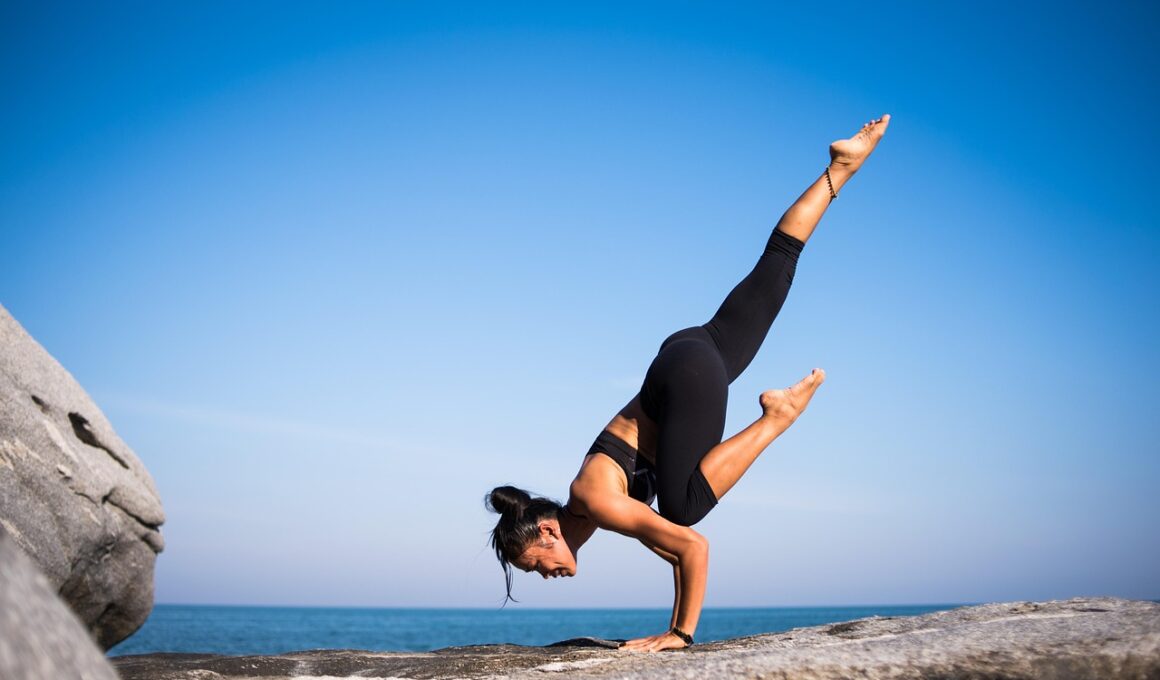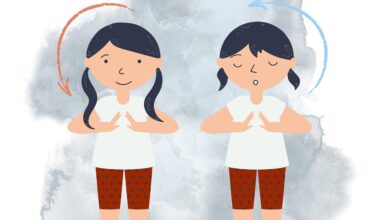Tracking Improvements: Metrics for Senior Balance Program Success
Achieving balanced mobility is crucial as we age, and establishing clear metrics is essential for evaluating the success of any balance program tailored for seniors. Keeping track of improvements not only inspires motivation but also provides tangible evidence of progress. One effective approach involves using performance assessments and observational measurements to capture data over time. Preparing seniors for balance tests requires thorough training and detailed instructions, ensuring they understand each task’s purpose. Regular assessment intervals can vary from weekly to monthly sessions, depending on individual needs. Metrics such as balance duration, number of falls, and difficulty levels in specific exercises may contribute to a comprehensive evaluation. This also includes collecting subjective feedback from participants regarding their confidence in navigating various environments. Family involvement can enhance accountability and emotional support among seniors. Engaging family members creates a supportive network encouraging seniors to constantly improve their balance. By focusing on these metrics, we can better tailor programs that meet seniors’ unique needs, ensuring their continued independence and mobility in daily activities. This data-driven approach helps in fine-tuning exercise regimens, which could lead to enhanced quality of life.
Understanding Metrics for Balance Improvement
To comprehensively monitor balance improvements in seniors, various metrics must be utilized effectively. These metrics typically include quantitative elements like balance test scores, gait speed measurements, and overall mobility evaluations. Using established testing protocols, like the Berg Balance Scale or the Timed Up and Go test, offers objective and reliable data to understand a senior’s balance capabilities. Each assessment measures different aspects of balance, providing valuable insights into progress over time. For example, a decreased time in the Timed Up and Go test indicates enhanced mobility, while improvements on the Berg Balance Scale reflect better postural stability. Additionally, incorporating qualitative metrics, such as participant feedback and self-reported confidence levels, can be equally informative. Understanding how seniors perceive their improvements alongside quantifiable data creates a multi-dimensional view of their progress. Implementing both forms of metrics aids trainers and healthcare providers in crafting personalized programs that cater to individual capabilities. Ultimately, the selective choice of metrics contributes to a balanced understanding of elderly fitness progress, ensuring that all improvements are identified and celebrated.
Another critical aspect of measuring improvements in senior balance programs is utilizing technology. Various devices and mobile applications offer tracking features that profoundly enhance data collection and analysis. Wearable devices can monitor tilt angles, take snapshots of balance activities, and even provide alert notifications regarding falls. These devices continuously gather data, forming a comprehensive digital health profile over time. Additionally, mobile apps allow users to log daily activities, assess mood levels, and share real-time performance metrics with caregivers. The integration of technology brings transparency to senior fitness initiatives, allowing families and health professionals access to vital information instantly. Through telehealth consultations, specialists can analyze this data and adjust programs accordingly to optimize results. Regular uploads of balance exercises coupled with visual demonstrations can significantly benefit seniors in maintaining correct practices. This blend of technology and senior fitness ultimately supports an engaging, interactive environment to enhance motivation. By delivering immediate feedback and ongoing data, seniors can witness their progress firsthand, resulting in a more committed approach to improving balance and mobility. In conclusion, innovative tracking methods can greatly benefit senior balance interventions.
Evaluating Program Effectiveness
Understanding how effective a balance program is for seniors hinges on systematic evaluation processes. Regular assessments help illuminate areas needing improvement and validate a program’s overall success. The key to effective evaluation is to establish predefined goals at the onset of programming. These goals should be realistic and measurable, considering individual abilities and challenges. For instance, if a participant aims to improve their balance duration, tracking the time they can maintain specific stances during assessments will provide clear evidence of progress. Utilizing scoring systems from standardized tests, alongside participant feedback, paints a vivid picture of program effectiveness. Evaluators should also be trained to observe and note qualitative changes, like enhanced fearlessness when navigating environments. Creating a feedback loop that includes insights from trainers, participants, and family members enhances the evaluation. This not only ensures diverse perspectives but also fosters a collaborative community around the senior’s journey. Making program adjustments based on evaluation feedback creates a responsive training environment. Ultimately, this commitment to continuous evaluation ensures that balance programs remain relevant and effective for those they serve, encouraging lasting changes in mobility.
As seniors progress through balance programs, celebrating milestones is vital to maintaining motivation and encouraging continued participation. Recognizing achievements can manifest in multiple forms, ranging from verbal recognition to ceremonial acknowledgments. Consider hosting small events around assessment dates, where participants can showcase their improved capabilities in front of peers and family. Sharing personal stories of success during these celebrations fosters a sense of community and camaraderie, which can be pivotal for mental wellbeing. Moreover, tracking improvements visually—through charts or progress photos—can serve as a tangible reinforcement of their hard work. Monthly progress cards can be distributed to seniors, summarizing achievements and encouraging future goals. These tools not only highlight successes but also underline areas that require additional attention, maintaining focus among the participants. With effective communication and recognition techniques, trainers can further engage seniors and enhance their sense of belonging within the program. Such celebrations can give rise to a competitive yet friendly atmosphere, inspiring seniors to push their limits and exceed expectations. Overall, reinforcing achievements is essential in reinforcing a positive, motivated approach to senior balance training.
Building Social Connections Through Balance Programs
A significant benefit of participating in balance programs extends beyond physical improvement and touches on social well-being. Group activities foster social connections and shared experiences amongst seniors, vital for combating loneliness and encouraging active lives. Engaging socially while participating in exercises brings about a sense of mutual support and motivation, integral for sustained commitment. Balanced programs designed for group participation can enhance peer-to-peer learning, where seniors share tips and strategies, enriching each other’s experiences. Conducting team exercises or partner activities reinforces valuable teamwork and communication skills, bolstering seniors’ emotional bonds. The supportive environment cultivated enables seniors to feel more comfortable expressing vulnerabilities and challenges regarding balance. Incorporating regular social events within the program helps to nurture these connections and enhance overall morale. Celebrating achievements together strengthens relationships formed during training, resulting in a holistic improvement for participants. Moreover, group outings to physical activities outside the program can further cement these bonds. With ongoing social support, seniors are far more likely to adhere to their balance programs and experiences, promoting a healthier lifestyle while improving mobility.
In conclusion, tracking improvements in senior balance programs is necessary for fostering growth and maintaining motivation. By implementing diverse metrics, technology, systematic evaluations, and fostering social connections, we can deeply understand participants’ journeys. Achievements should be documented and celebrated, reinforcing motivation while creating a community environment that encourages continued engagement. A focus on individualized monitoring allows for personalized adjustments to each participant’s training regimen, optimizing their progress. The importance of ongoing research into effective senior balance exercises remains paramount, as advancements in fitness and health develop continually. Such an emphasis ensures that programs adapt to the evolving needs of aging populations, providing vital support and education. Moving forward, integrating technological advances alongside personal interventions will likely enhance personal connections, making tracking even more efficient. Broadening the scope of balance programs beyond physical assessments to include emotional and mental well-being can lead to more significant participation and commitment from seniors. Ultimately, by keeping these strategies in mind, balance programs can significantly improve the quality of life and independence for older adults, transforming how they experience mobility challenges.


